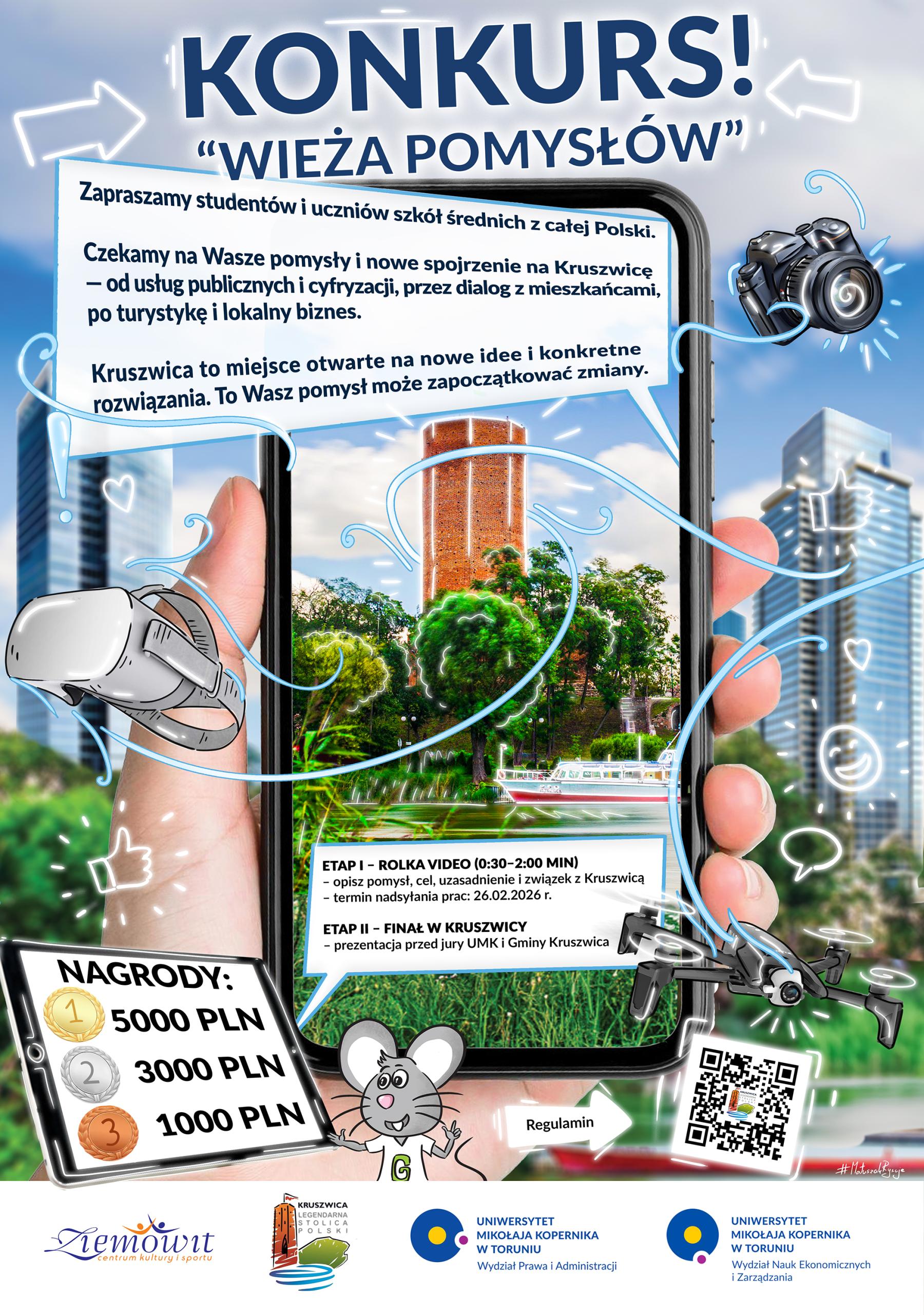Beauty of the neighbourhood
Municipality of Kruszwica is rich in historic buildings, which are true tourist attractions. Strolling along Lake Goplo may be a good occasion to admire some historic places situated within Goplo Millennium Landscape Park. The palace and garden complexes in Glebokie, Gocanowo, Janocin, Karczyn, Kobylniki, Lachmirowice, Ostrowek, Polanowice, Szarlej and Zerniki are especially worth visiting.
While travelling from Kruszwica along the west shore of Lake Goplo, you can turn aside from the main road to Polanowice, where late classical St. Mark the Evangelist church, former St. Clement church survived. The first wooden church was burnt in 1574; after the reconstruction, it served the faithful for 264 years. The present day brick church was built between 1838 and 1841. The main altar, two side altars and the font are of Baroque style from about the 19th century. The granite stoup is from the Middle Ages.
The church in Rechta is typical of wooden sacred buildings in the middle of the 17th century in the Kuyavain region. As early as in 1557, the heir to the village of Sukowy funded a small chapel in Rechta. It was a wooden construction with stone foundation but it did not survive to the present days because of fire. In 1753, the present-day St. Barbara church was built; its main altar depicts the church’s patron saint and in the side altar, there is a bas relief showing Pentecost created by Veit Stoss’ apprentice.
In 1832, a timber flaming post mill was built in Chrosno. It was situated on a small hill overlooking neighbouring picturesque fields. The mill’s structure dates back to 1634 and the present-day top part with the mechanism, which carries an inscription on the break wheel, was made in 1857. The windmill in Chrosno is one of a few such mills in the southern part of the Kuyavian-Pomeranian Voivodeship.
The parish in Ostrowo nad Goplem was established between 1013 and 1123. The present-day St. Matthew church was founded by the Leszczynski family in 1325. In the 15th century it was rebuilt in the Gothic style. The church has a square chancel and a wider rectangular nave with the west vestibule created from the remains of a tower, which had been pulled down. The church underwent another renovation between 1720 and 1724 funded by Jozef Rudnicki, a nobleman and the owner of the estate. This renovation added some Baroque features to the church as some eighteenth-century regency and Baroque artefacts were installed in the church then.
Another village, Kobylniki is also worth visiting. The very first records of the village date back to the second half of the 16th century. In the extensive landscape park with some examples of the ancient forest, there is an eclectic well-preserved palace from 1900, which replaced the former Baroque palace (only its outbuildings survived). The palace building reflects the pattern of the French Renaissance of Henry IV and Louis XIII. What astonishes visitors is its majesty and dash as well as the richness and variety of solutions of different elevations. At the side of the main entrance gate, there is a façade with family crests and a pair of lions dozing at the front entrance. At the side of former home farm, one can admire an austere elevation with a tower, which is reminiscence of defensive castle architecture.



